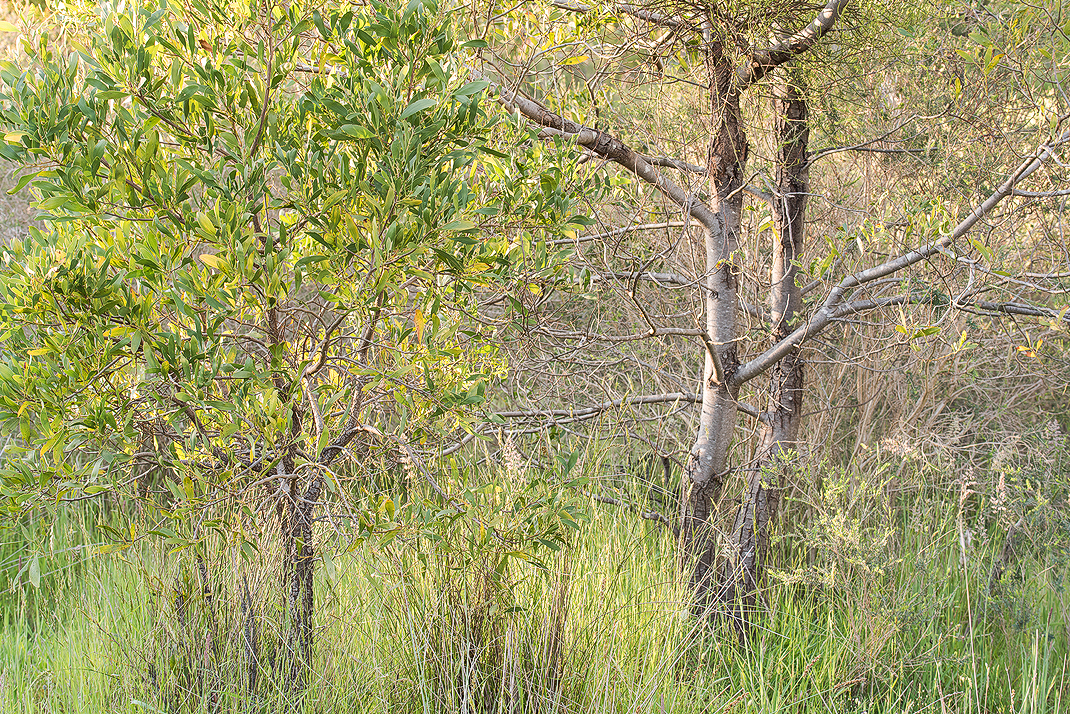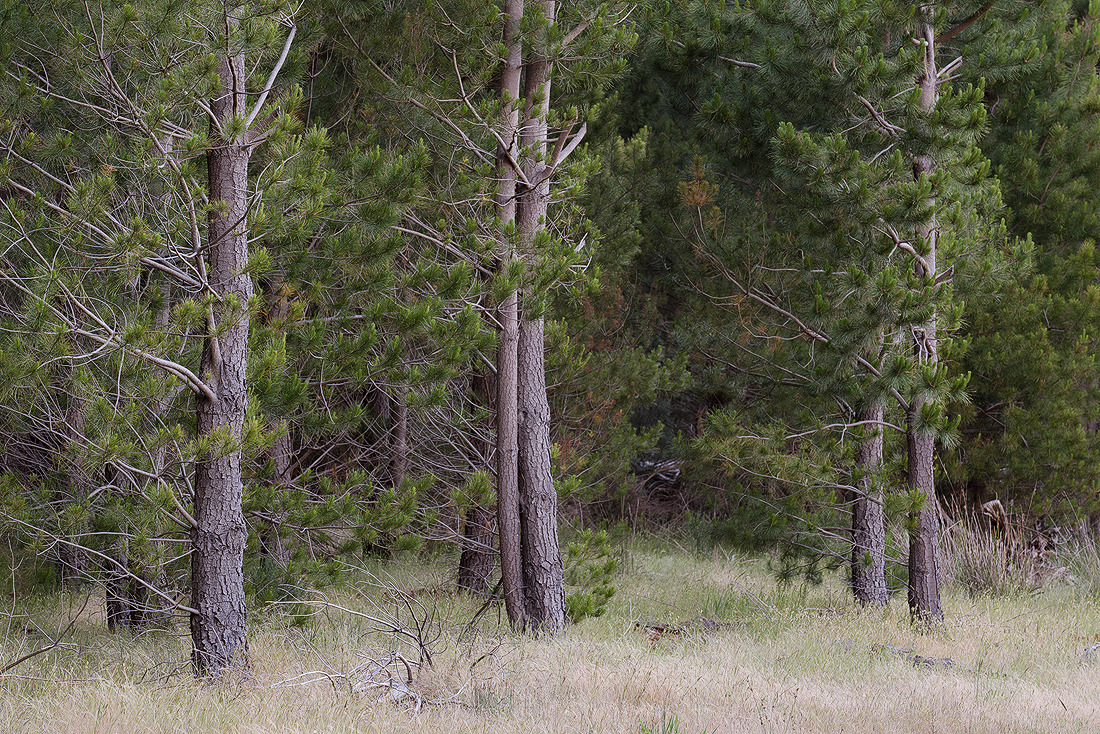The vast majority of us will never make money from our photography.
Photography will, for the most part, be a hobby or passionate interest that we perform for the fun of it.
But sometimes photography isn’t so fun.
We compare ourselves to others. We become dejected when we don’t meet our very high expectations.
We are set in our ways and resistant to change, no matter how beneficial change might be.
Instead of enjoying the freedom that a creative hobby should bring, we end up working for an extremely demanding client: ourselves.
How do we get back to enjoying our photography?
How do we stop taking ourselves so seriously?
Neoteny
Neoteny is the retention of childlike attributes into adulthood.
Since humans have the longest childhood of any species, you’d think our childish qualities would be difficult to shake.
Unfortunately, this is not the case.
Many of us turn into joyless adults who favour logical, rational thinking.
Focus, hard work and productivity come at the cost of spontaneity, creativity and vulnerability.
Simply put, we lose the ability to play.
Play is a fundamental requirement of healthy living for children and adults, akin to sound nutrition or adequate sleep.
Many adults believe that they are too old to play, but play is actually the elixir of youth.
Research shows that play has a number of benefits:
- Play increases vitality because it is uniquely and intrinsically rewarding.
- Play encourages us to try new things. It makes persistence more enjoyable so we have a better chance of reaching our goals.
- Play strengthens our immune system by fostering a sense of belonging, community and a way to relate to others and ourselves.
the Fountain of Youth lies within ourselves and if the sluices are not closed upon it, it flows like a refreshing river, all the days of our lives.

The best of both worlds
Of course, adulthood does have a purpose. Focus, logic and technical capability are not inherently bad qualities.
In fact, they are rather useful in certain circumstances.
A child, for example, can create a form of music by banging on saucepans with no apparent method to their madness.
But the child is overwhelmed by its childishness. The child cannot draw on years of experience to make a coherent sound.
An adult may be able to draw on years of experience when engaged in a creative pursuit.
But over time, they have lost or repressed the desire to freely express themselves.
They want to know why they should bang on saucepans and exactly what will happen if they do.
As photographers, we must avoid becoming mechanical, single-minded individuals who produce uninspired work.
To get the best results, we must combine experience with a childlike sense of play.
Beginner’s mind
The term shoshin is a Zen Buddhist term which translates as “beginner’s mind”.
Shoshin is a humble, open approach to every experience that we encounter in our lives.
Humility is particularly important for our passions.
We like to think we know quite a bit about our passions. But knowing something well is not the same as knowing everything.
Humility takes conscious effort. The expert mind is always ready to take over, and it is not interested in learning, growth or achievement.
As self-proclaimed experts, we may hold certain opinions of ourselves and the world around us as fact.
Facts can be challenged, however.
Sometimes, they turn out to be just plain wrong.
After all, some of the best thinkers in the world believed the Earth was flat and at the centre of the solar system.
Beginner’s mind is free of judgement, preconception and ego.
It asks us to forget that which we know to be true, and experience it as if it were the first time.
Beginner’s mind in children
A child’s world is fresh and new and beautiful, full of wonder and excitement. It is our misfortune that for most of us that clear-eyed vision, that true instinct for what is beautiful and awe-inspiring, is dimmed and even lost before we reach adulthood. If I had influence with the good fairy who is supposed to preside over all children, I should ask that her gift to each child in the world be a sense of wonder so indestructible that it would last throughout life.
Children, of course, are beginners by default.
Children embrace new experiences and try new things with very little previous experience.
So it may come as no surprise that to embrace beginner’s mind in adulthood, we must simply become more like children.
In his book Growing Young, Ashley Montagu argues that adults should develop and nurture their childlike qualities as they age.
However, most of us suffer from psychosclerosis – or a hardening of the mind – where we cease to dream, think, learn and grow.
Montagu lists 26 neotenic traits essential to the prevention of psychosclerosis.
Some of these traits concern love, friendship and resilience, but several are particularly relevant to photography.
Here are 5 of them.

Playfulness
Almost all creativity involves purposeful play.
Playfulness is what a child does best.
Free from adult constraints and responsibilities, play is the primary occupation of the growing child.
Through play, children learn a variety of important motor, cognitive and social skills. They also learn to be more creative and confident in their own abilities.
However, the definition of play changes as children grow older.
Play evolves from a largely low-tech, ad-hoc form of expression to something that must be supplemented by extravagant toys or competition.
Fishing must be supplemented with extravagant boats. Photography must be supplemented with expensive gear.
It’s almost as if adults lose their playful confidence, subconsciously looking outside of themselves to bolster it with possessions.
Adults also view play as a means to end. They see any playful activity as a chance to win, rather than simply being something enjoyable.
Embracing playfulness in photography entails that we simply have fun making photographs. Nothing more, nothing less.
Our enjoyment should never hinge on winning or having the most extravagant glass.
Curiosity
The desire to know why, and how, curiosity, which is a lust of the mind, that by a perseverance of delight in the continued and indefatigable generation of knowledge, exceedeth the short vehemence of any carnal pleasure.
Children have an insatiable curiosity for information. Their brains are like giant sponges, soaking up the world and all it has to offer.
During the dreaded “Why?” stage, parents might feel like they are part of an Abbott and Costello skit.
A child is frequently open to trying new things. Rarely is there an agenda for their curiosity – they just want to know.
As adults, we lose our sense of curiosity. Or if we are curious, we need a reason.
We act as if life has lost the capacity to inspire or interest us.
Curiosity is how we demystify complex or unfamiliar topics, increasing our knowledge base and depth of experience.
Research published in the journal Paediatric Research by Shah et al. (2018) found that high academic performance in kindergarten children was positively correlated with curiosity.
Might adults be able to encourage similar high performance in photography?
Whatever the benefits, we must be relentlessly curious and delight in our discoveries.
As Hobbes implies, curiosity is a life-long pursuit, remaining a source of enjoyment long after our impulsive, carnal pleasures have deserted us.
A sense of wonder
There are no seven wonders of the world in the eyes of a child. There are seven million.
Babies are the poster children of wonder, pun intended.
Wonder is a toddler at the park, tracking the movements of birds overhead with big, wide eyes and a look of absolute astonishment.
In recollections of his childhood, naturalist Charles Darwin remarked that he had a strong desire to know something about every single pebble in front of his school hall.
Darwin’s sense of wonder did not desert him as an adult.
Onboard the Beagle, he was notorious for eating the animals that he studied. Puma, armadillo, agouti and giant tortoise were some of the more obscure species that made their way on to his dinner plate.
In more ways than one, Darwin had an insatiable appetite for the natural world.
He did not die wondering.
Darwin would eventually spend over 5 years on the Beagle expedition. He made meticulous observations of what he encountered, laying the foundations for his theory of natural selection and evolution.
As adults, wonder is like curiosity with emotional investment. Take fascination in things that interest you and bring your camera along for the ride. What emotions do you feel?

Imagination and creativity
They who dream by day are cognizant of many things which escape those who dream only by night.
Any parent who has witnessed their daughter holding an imaginary tea-party will understand how effortlessly she can improvise a story on the fly.
Here, imagination is synonymous with creativity.
To harness this creativity, children use a process called divergent thinking to generate many possible solutions to a single problem.
That is, children embrace a spontaneous, flexible and non-linear approach to the creative process.
They maintain an open mind and creatively explore novel solutions – even if they are aware of solutions that have worked in the past.
Adults, on the other hand, tend to favour convergent thinking. Problems are solved with answers that favour speed, logic or accuracy.
However, there is a rigidity to convergent thinking. A single, logical answer can exclude many less logical, though highly creative, alternatives.
Childish imagination is a fundamental neotenous trait that can so easily disappear as we age.
Yet it is crucial to appreciating forms of adult play such as theatre, poetry and painting where imagination and creativity are vastly more important than intellect.
Photography, of course, is no different.
Explorativeness
We shall not cease from exploration, and the end of all our exploring will be to arrive where we started and know the place for the first time.
Infants have an almost instantaneous desire for exploration.
Since they don’t yet have a concept of time or space, they use their five senses to help them make sense of their world.
Exploration in adult society has a tendency to centre on achievement and degree of difficulty.
We venerate heroic attempts to cross the South Pole or ascend a treacherous mountain.
Much less is made of exploration of humble things or as an inherently enjoyable activity.
As photographers, we needn’t equate exploration with achievement or grandiosity.
Exploration can be as simple as visiting our local woodland or investigating a new workflow.
Or, dare I say, as simple as exploring ourselves and our motivations for our work.
We will never possess the undiluted sense of exploration that our infant selves enjoyed. But we can use mindfulness and our senses to explore our surroundings in a new way.
Mindfulness is the path to self-awareness and meaningful photography, regardless of where we are or what we are doing.
Conclusion
Human children have long and hopefully rich childhoods spanning almost two decades.
But childhood is not an apprenticeship that has to be served and then forgotten before we become logical, rational adults.
By embracing beginner’s mind, we leave our adult conditioning behind and embrace the inner-child. We must always strive to be apprentices, accepting that we will never know everything.
Adulthood is not an excuse to disregard play as a meaningful activity. Far from being a source of embarrassment, play helps us rediscover the innocent curiosity that we had in our formative years.
Our inner-child can also instil a sense of wonder in the beautiful universe, inspiring us to explore without being motivated by ego or achievement.
Perhaps the most important neotenic trait is creativity.
While we are no longer the child banging on saucepans or having mock tea parties, we can pair the psychological maturity of adulthood with childlike creativity to get more fulfilment from our work and our lives.




